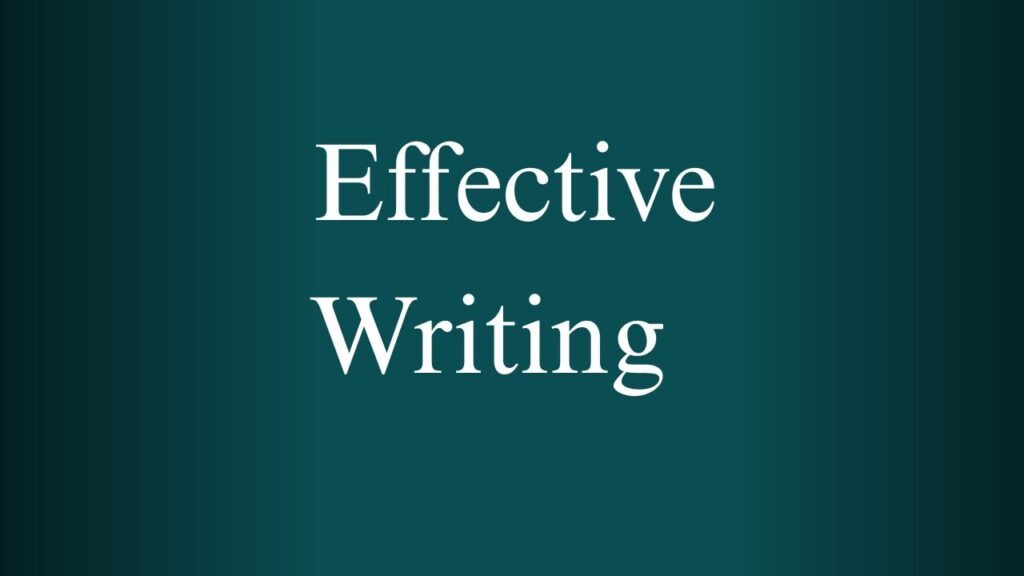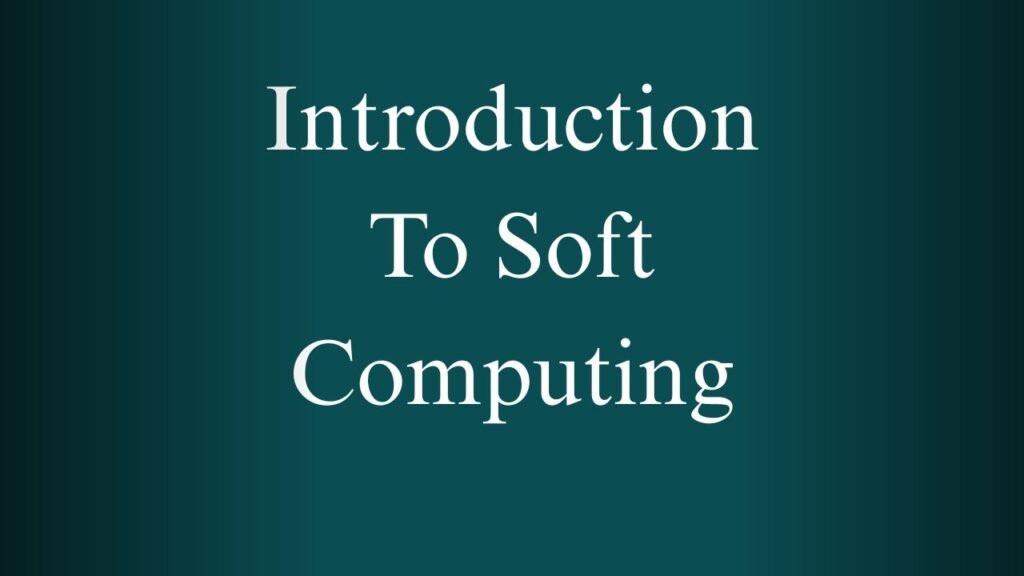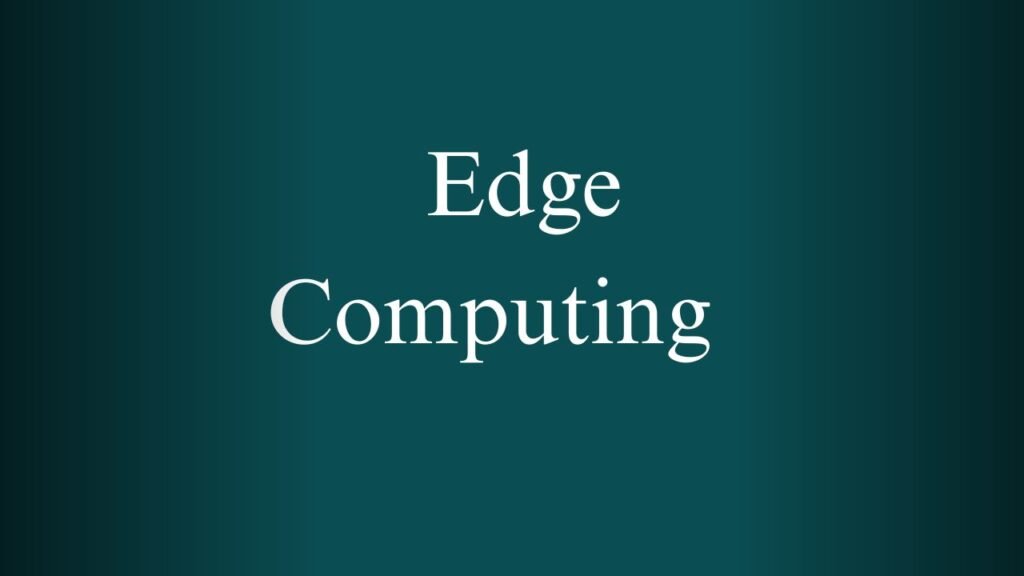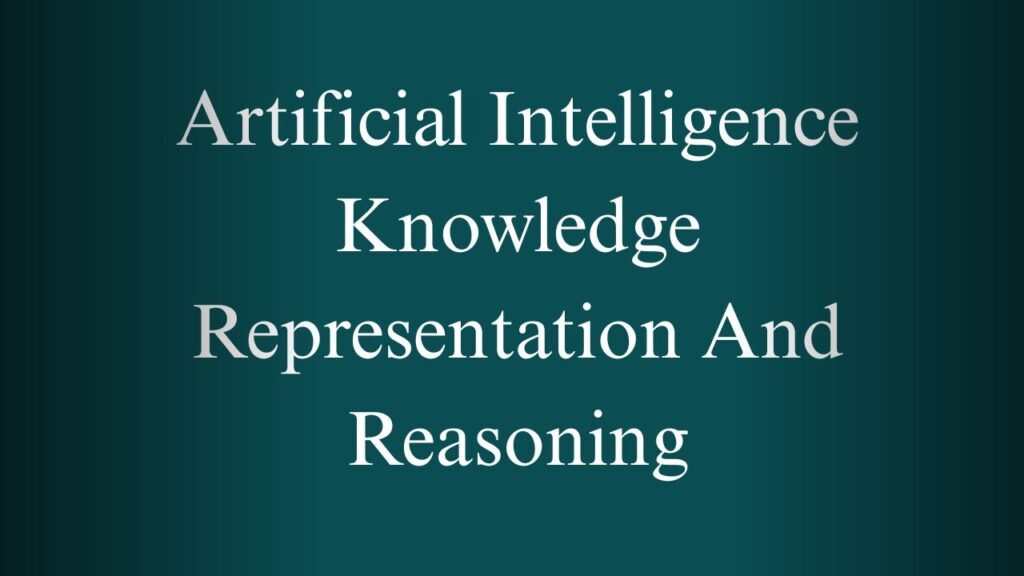NPTEL Consumer Behaviour Week 1 And 2 Assignment Answers 2025
1. Which among the following options represent five main buying roles?
- a) Initiator, Influencer, Decider, Buyer, and User ✅
- b) Initiator, Influencer, Developer, Buyer, and User
- c) Initiator, Producer, Decider, Buyer, and User
- d) Initiator, Disposer, Developer, Buyer, and User
✅ Answer: a
Explanation: These five roles reflect how different people participate in the buying process—Initiator (starts the process), Influencer (affects decision), Decider (makes the final choice), Buyer (executes purchase), and User (consumes product).
2. ___________, __________, evaluation of alternatives, purchase decision, and post-purchase behavior represents simple five-stage consumer decision process.
- a) Need Recognition, Information Search ✅
- b) Need Creation, Need Fulfilment
- c) Need Development, Demand Fulfilment
- d) None of the above
✅ Answer: a
Explanation: The full consumer decision-making process is: Need Recognition → Information Search → Evaluation of Alternatives → Purchase → Post-purchase Behavior.
3. Region, city size, population density and climate are the basis of … segmentation.
- a) Geographic ✅
- b) Demographic
- c) Psychographic
- d) Benefit
✅ Answer: a
Explanation: These variables are directly related to geographic segmentation, which divides the market based on location-based criteria.
4. Which demographic population shows higher tendency for impulse buying and pragmatic decisions?
- a) Aging population
- b) Working women
- c) Single-person households ✅
- d) None of the above
✅ Answer: c
Explanation: Single-person households often make quick, self-driven decisions and tend to engage in impulse buying due to fewer consultation needs.
5. Present outlook of consumption basket suggests that consumers have shifted from:
- a) Individualism to Collectivism
- b) Collectivism to Individualism ✅
- c) Individualism to Communalism
- d) None of the above
✅ Answer: b
Explanation: Modern consumers prioritize personal preferences, self-expression, and identity, indicating a shift to individualism.
6. Market Segmentation is a process of dividing a market into groups of individuals with __________ needs.
- a) Homogeneous ✅
- b) Heterogeneous
- c) Indigenous
- d) Exotic
✅ Answer: a
Explanation: Segmentation aims to create homogeneous groups within a heterogeneous market to serve them better with tailored offerings.
7. __________ refers to how similar the members within the segment are in terms of behaviours or characteristics that correlate with the behaviour.
- a) Accessibility
- b) Congruity ✅
- c) Measurability
- d) Sustainability
✅ Answer: b
Explanation: Congruity indicates internal similarity within a segment, helping in more precise targeting and messaging.
8. ___________ is the act of designing the company’s offering and image to occupy a distinctive place in the mind of the target market.
- a) Positioning ✅
- b) Re-Positioning
- c) Segmentation
- d) Targeting
✅ Answer: a
Explanation: Positioning ensures that a brand or product occupies a unique, desirable space in the consumer’s perception.
9. For claims up to Rs. 20 Lakhs, the Consumer can lodge complaint in _____________
- a) National commission
- b) District forum ✅
- c) State commission
- d) None of the above
✅ Answer: b
Explanation: As per Indian Consumer Protection laws, the District Consumer Forum handles disputes up to ₹20 lakhs.
10. Which among the following motivational conflict occurs when an individual needs to make a choice between two undesirable alternatives?
- a) Approach–approach conflict
- b) Avoidance–avoidance conflict ✅
- c) Approach–avoidance conflict
- d) None of the above
✅ Answer: b
Explanation: This type of conflict arises when both options are unpleasant, yet a choice must be made (e.g., pay fine vs. extra work).
NPTEL Consumer Behaviour Week 2 Assignment Answers
1. __________ represent the common human yearning to be acknowledged and admired by others.
- a) Physiological Needs
- b) Safety Needs
- c) Esteem Needs ✅
- d) Self-Actualization Needs
✅ Answer: c
Explanation: Esteem needs (as per Maslow’s hierarchy) involve the desire for respect, recognition, and status from others.
2. Which among the following ‘Information Needs’ from Murray’s List of Psychogenic Needs involve “seeking knowledge and asking questions?”
- a) Exposition
- b) Cognizance ✅
- c) Both a and b
- d) None of the above
✅ Answer: b
Explanation: Cognizance refers to the desire to explore, learn, and acquire knowledge, reflecting curiosity and questioning.
3. Which among the following needs according to Dichter’s consumption motives involves “influencing others’ purchase behavior?”
- a) Autonomy
- b) Dominance ✅
- c) Nurturance
- d) Exposition
✅ Answer: b
Explanation: Dominance involves the urge to lead, control, or influence others, including their decisions and preferences.
4. ________ refers to the extent of time, thought, energy, and other resources people apply to the purchase process.
- a) Consumer Involvement ✅
- b) Consumer Motivation
- c) Consumer Attitude
- d) Consumer Behavior
✅ Answer: a
Explanation: Consumer Involvement is the level of effort a consumer puts into the buying process—especially for high-risk or high-value products.
5. ________ is the minimal noticeable difference between two comparable stimuli.
- a) Absolute Threshold
- b) Differential Threshold ✅
- c) Terminal Threshold
- d) None of the above
✅ Answer: b
Explanation: Also called Just Noticeable Difference (JND), this is the smallest change in a stimulus that a person can detect.
6. ________ refers to the level where the stimulus provided to the customers goes completely unnoticed.
- a) Liminal Perception
- b) Subliminal Perception ✅
- c) Hyper Perception
- d) Hypo Perception
✅ Answer: b
Explanation: Subliminal perception occurs when stimuli are below the threshold of conscious awareness, yet can still influence behavior.
7. Weber’s law states that _______ the first stimulus, _______ is the added intensity required for the next stimulus to be perceived as different.
- a) Stronger, Bigger ✅
- b) Stronger, Smaller
- c) Weaker, Bigger
- d) Weaker, Smaller
✅ Answer: a
Explanation: According to Weber’s Law, stronger stimuli require larger differences to be noticed—perception is proportionate.
8. Which theory relates to our understanding of how and why we perceive things?
- a) Dichter’s Psychology
- b) Gestalt Psychology ✅
- c) Murray’s Psychology
- d) None of the above
✅ Answer: b
Explanation: Gestalt Psychology explains how humans perceive patterns, wholes rather than isolated parts—“The whole is greater than the sum of its parts.”
9. ________ is a total perception of something that individuals form about a product or brand by processing all the information they are exposed to over time.
- a) Consumer Imagery ✅
- b) Consumer Involvement
- c) Consumer Scripts
- d) None of the above
✅ Answer: a
Explanation: Consumer Imagery refers to the overall perception/image formed in the consumer’s mind regarding a brand or product.



